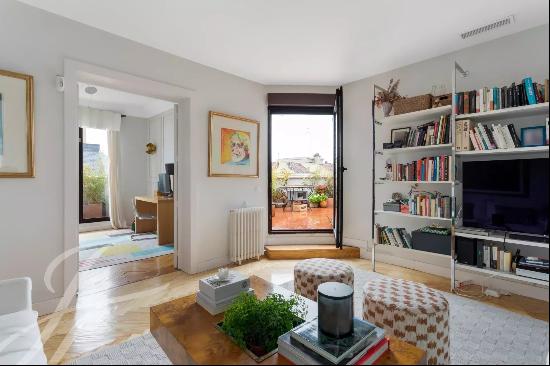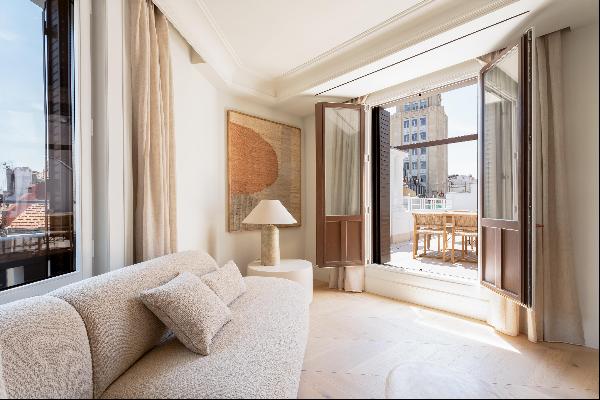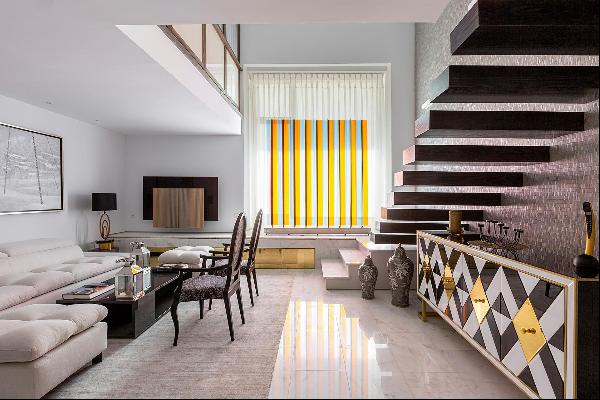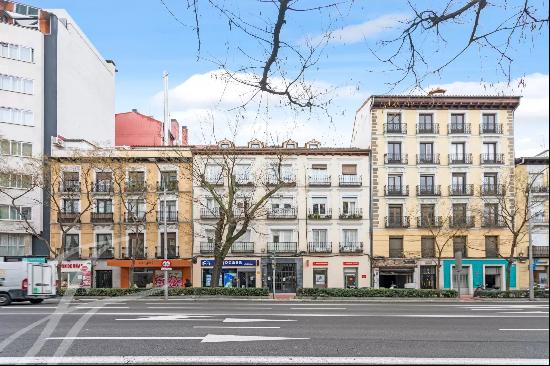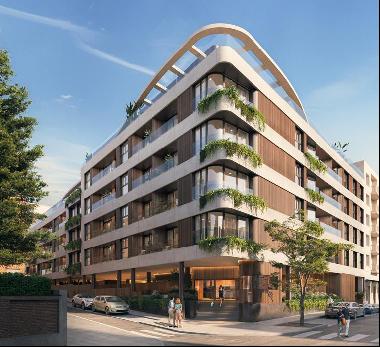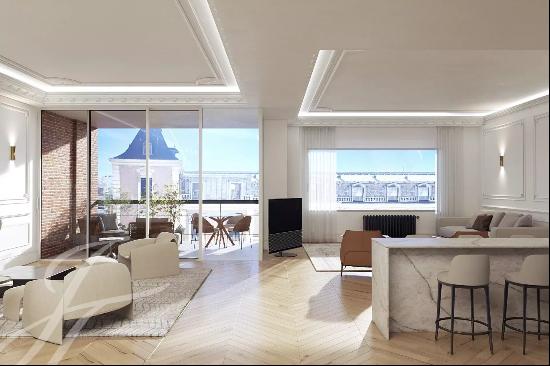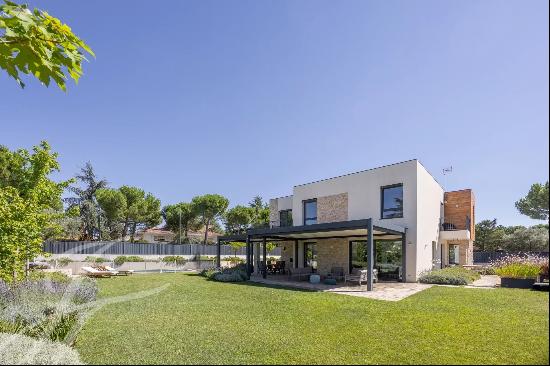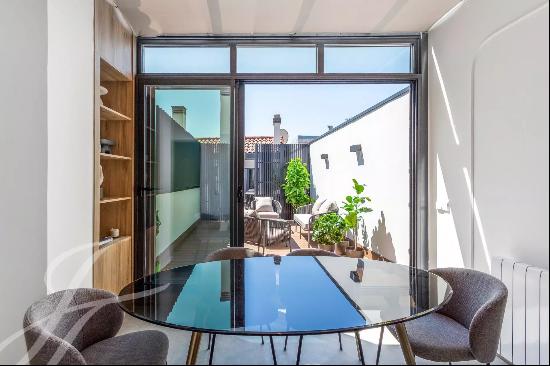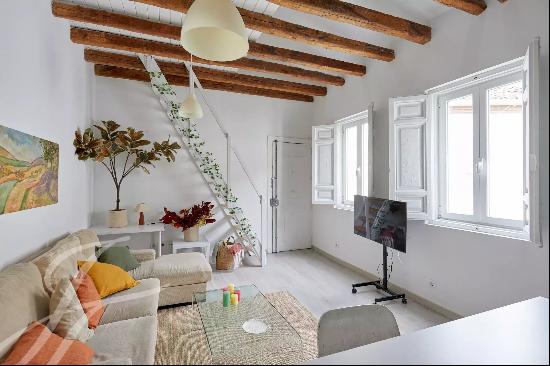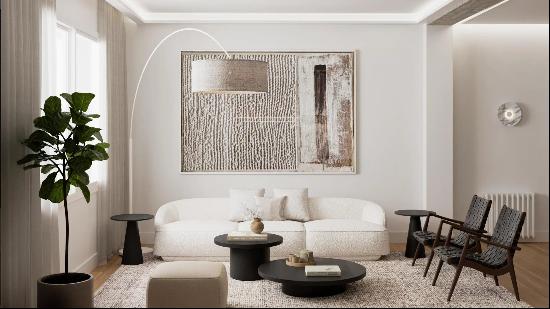
By James Greig
When I was a teenager, my parents owned a DVD box set featuring three Pedro Almodóvar films: Live Flesh (1997), All About My Mother (1999) and Talk To Her (2002). This period of the Spanish director’s work — more muted and less garish than his 1980s output — became the enduring inspiration for my fantasy home.
These films are all bleak in their subject matter, dealing with death, rape, addiction and devastating acts of violence. But I still found them aspirational: I wanted my life to be as passionate and propulsive as it was for these characters, to spend my days whirling around a sun-drenched metropolis, attending glamorous parties and nights at the theatre. The vision of Spain they presented seemed to be the highest embodiment of a confident, modern, European cosmopolitanism.
I didn’t really know it at the time but it was an accurate impression. The Spanish economy had been booming and there was a prevailing attitude of optimism: the belief, as Giles Tremlett writes in his travelogue-cum-contemporary history Ghosts of Spain, “that life is always going to get better — and that it will do so at the same velocity it has acquired over the past three decades”. The 2008 financial crash put an end to the dream of perpetual progress, long before I’d first watched any Almodóvar, but Madrid still seemed to be the most thrilling place it was possible to live.
The reality, as I discovered when I moved to the city in my early twenties, was a little different, but it was close enough to my teenage reveries that I was never fully disillusioned. My fantasy home would still be in a grand, if somewhat decaying, apartment building. It would be in the gay neighbourhood of Chueca (ideally, the grubbier, seedier pre-gentrification version) or overlooking the Segovia Viaduct, a vast, looming structure that features in several of Almodóvar’s films.

The interior design would include most of his signature aesthetics: a living room emblazoned with bright red wallpaper, to symbolise my fiery yet sensuous personality; tablecloths with kitsch patterns; glossy cabinetry with artificial textures that contrast with the wooden floor; a tiled bathroom with bead curtains, and the occasional piece of groovy furniture (the Gae Aulenti table from Talk To Her,, perhaps, which sits on bicycle wheels instead of legs, or the mid-century arc lamps with glass shades from All About My Mother). I wouldn’t bother with the Pop Art paintings or the religious kitsch that often appear in his films. It would be Almodóvaran minimalism: spartan and stripped back.
Unlike the dark, damp and crowded flatshares I’ve since become accustomed to in Britain, it would be light and spacious. I would have a balcony where I could dry my clothes, instead of painstakingly hanging up wet socks from every available perch in my bedroom. I would live there alone.
At the core of my fantasy home is the idea that I would rarely be there: it would be an occasional stage-set, a backdrop to a rich and exciting metropolitan life. At the first itch of restlessness, I would slip out the door in a leopard-print coat and find myself already in the middle of the city. I would never have to wait around in the rain for a night bus, or spend money on an Uber.
No matter what the time of day, the air would be warm and the streets humming with life. As Leocadia, the protagonist of Almodóvar’s 1995 film The Flower of My Secret, says, “In Madrid, it’s never late.” There would always be a bar open, somewhere I could sip a vermouth in pensive solitude or have a fraught rendezvous with my lover (who, naturally, would be a matador with a fiery temper and the soul of an Andalusian poet).
Moving to Madrid was kind of like that, even if I suffered from a lack of tempestuous romance, never lived anywhere resembling an Almodóvar set, and my social life largely consisted of lacklustre friendships-of-convenience with other expats. While I earned very little money, I was able to afford a room in the city centre, five minutes walk from the Paseo del Prado boulevard, and I could eat at restaurants almost every evening. It was never too late, or too inconvenient, to go out: I could make plans, or respond to invitations, at one in the morning and walk anywhere I wanted to go.

After years of being pushed out further into the quiet, dowdy suburbs of London, I find myself longing to be once again embedded in the heart of a city, and to escape the oppressive feeling that, past a certain time, nothing is happening. Even if I could afford to live centrally in London, I would be forced to conduct any torrid late-night trysts in McDonald’s or a Leicester Square casino, which wouldn’t carry quite the same allure.
In the end, my Almodóvar fantasy was unrealisable because it required me to actually be Spanish. As my fluency in the language improved, I did become more airy and laconic. Every time I waved a cigarette while muttering “claro, claro”, I inched a little closer. But there was always an unbridgeable distance. I realised that, no matter how long I stayed, I would never become a member of the multi-generational families I’d gaze at with yearning as they enjoyed a raucous Sunday lunch (“¿Papa, por qué ese hombre nos mira fijamente?” Papa, why is that man staring at us?) Forced to confront the bracing reality that I could never truly be Penélope Cruz, I left Madrid.
I still hold out hope that, one day, if the housing crisis cools and London relaxes its drinking laws, I might be able to create a sliver of Almodóvaran paradise right here — a home that is not a place of confinement or retreat, and where all the heady pleasures of urban life are right on my doorstep.
Photography: Alamy; Sony Pictures



